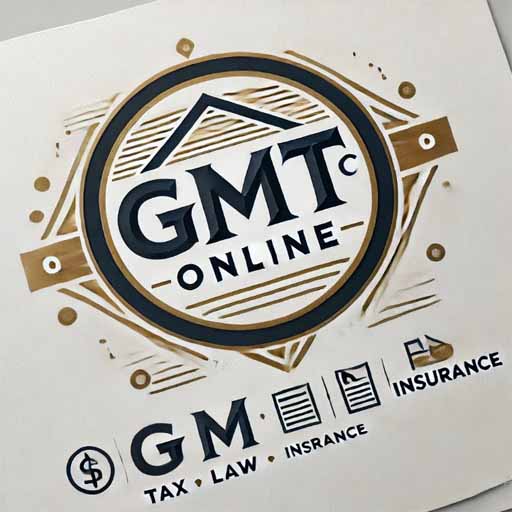Are you looking for ways to save money while making your home more energy-efficient? Whether upgrading your insulation, installing solar panels, or investing in energy-efficient appliances, tax credits can significantly reduce out-of-pocket costs. This guide explores the tax credits available for energy-efficient home improvements, helping you make informed decisions that benefit your wallet and the environment.
What Are Tax Credits for Energy-Efficient Home Improvements?
Tax credits for energy-efficient home improvements are financial incentives the government provides to encourage homeowners to invest in environmentally friendly upgrades. Unlike deductions, which lower your taxable income, tax credits directly reduce the tax you owe, making them highly beneficial.
Energy-Efficient Home Improvement Tax Credit (25C)
The Energy-Efficient Home Improvement Tax Credit, or the 25C tax credit, allows homeowners to claim a percentage of their expenses for certain energy-efficient upgrades. This tax credit was recently extended under the Inflation Reduction Act 2022.
Eligible Improvements:
- Insulation: Adding insulation to walls, roofs, or floors.
- Energy-Efficient Windows and Doors: Installing windows and doors that meet ENERGY STAR® standards.
- Heating, Ventilation, and Air Conditioning (HVAC) Systems: Replacing old systems with energy-efficient ones.
- Heat Pumps: Installing air-source heat pumps or geothermal heat pumps.
- Home Energy Audits: Costs associated with professional energy audits.
How Much Can You Claim?
Homeowners can claim up to 30% of the cost of qualifying improvements, with annual limits for specific upgrades:
- $600 for windows and skylights.
- $250 for exterior doors (up to $500 for all doors).
- $2,000 for heat pumps and biomass stoves.
Residential Clean Energy Credit (25D)
The Residential Clean Energy Credit, formerly the Investment Tax Credit (ITC), offers incentives for renewable energy systems. This credit supports adopting technologies that generate clean energy for residential use.
Eligible Systems:
- Solar Panels: Installation of photovoltaic systems for electricity.
- Solar Water Heaters: Systems using solar energy to heat water.
- Wind Turbines: Small wind turbines generate residential electricity.
- Geothermal Heat Pumps: These are highly efficient heating and cooling systems.
- Battery Storage Systems: Standalone storage systems (added in 2023).
How Much Can You Claim?
The credit covers 30% of the cost for eligible systems installed between 2022 and 2032. The percentage gradually decreases after 2032:
- 26% in 2033.
- 22% in 2034.
How to Qualify for Energy-Efficient Tax Credits
To qualify for these tax credits, homeowners must:
- Purchase Qualifying Products: Ensure the product or system meets the required efficiency standards.
- Install in a Primary Residence: Most tax credits apply only to primary residences, not vacation homes.
- Retain Documentation: Keep receipts and manufacturer certification statements as proof of eligibility.
- File IRS Form 5695: This form is used to claim Residential Energy Credits on your federal tax return.
Benefits of Energy-Efficient Upgrades
- Lower Utility Bills: Reduce monthly energy costs by upgrading to efficient systems.
- Increased Home Value: Energy-efficient homes often sell for more.
- Environmental Impact: Lower your carbon footprint by consuming less energy.
Tips for Maximizing Your Savings
- Combine Tax Credits and Rebates: Many states offer additional incentives for energy-efficient upgrades. Check your local government’s website for details.
- Plan Multiple Improvements: Bundle projects to take full advantage of annual credit limits.
- Hire Certified Professionals: Ensure proper installation for optimal performance and compliance.
FAQs About Energy-Efficient Home Improvement Tax Credits
1. Can I claim tax credits for DIY projects? Yes, but only for certain materials, such as insulation. Labor costs for installation are generally not eligible.
2. Are there income limits for claiming these tax credits? No, there are no income restrictions for claiming federal energy-efficiency tax credits.
3. Can I claim tax credits for improvements made to a rental property? No, these tax credits typically apply only to primary residences.
4. What if I’ve already claimed a tax credit in previous years? You can still claim credits for new improvements, but annual and lifetime caps may apply.
5. How do I find products that qualify for tax credits? Look for products certified by ENERGY STAR® or consult the manufacturer’s certification statement.
Take Advantage of Tax Credits Today
Investing in energy-efficient home improvements can help you save money and contribute to a greener planet. With a wide range of tax credits available, there’s no better time to upgrade your home. Visit the ENERGY STAR® website or consult the U.S. Department of Energy’s guide.
Start your journey toward a more energy-efficient home today and reap the financial and environmental benefits!




